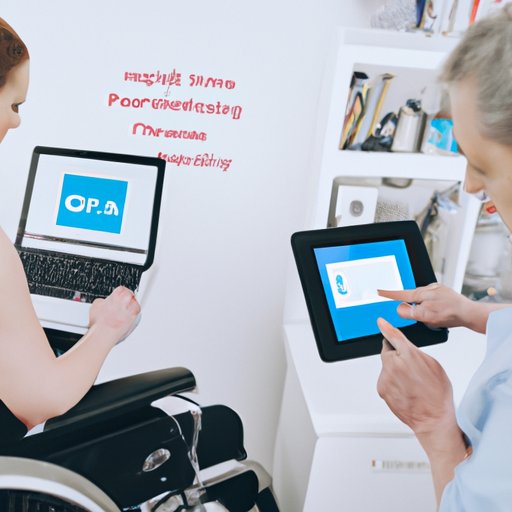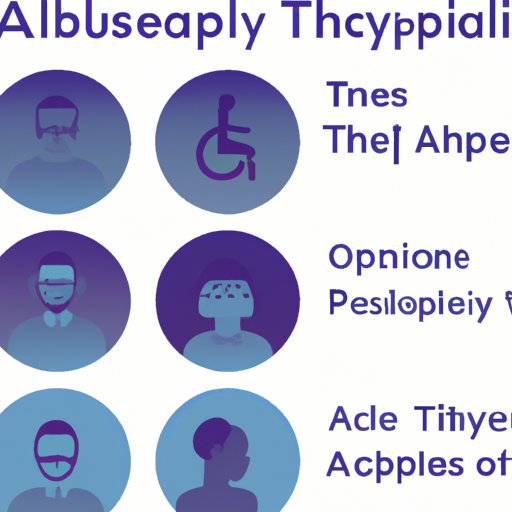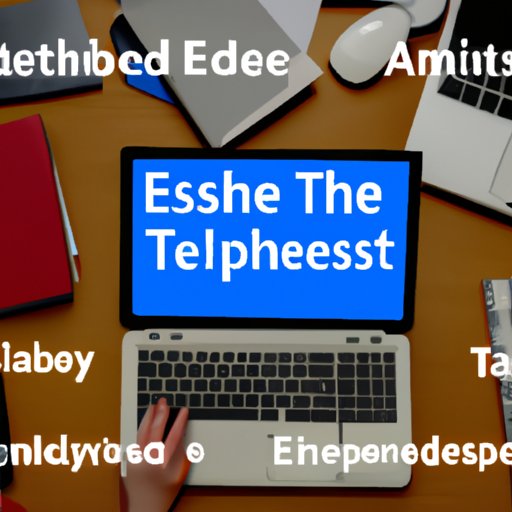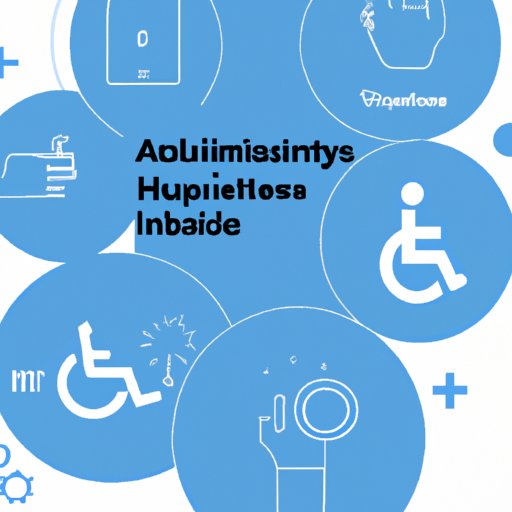Introduction
Accessible technology is an area of increasing importance in the tech world. It is defined as technology that is designed to be used by people with disabilities, including physical, sensory, cognitive and neurological impairments. From making everyday tasks easier to providing new opportunities, accessible technology can help individuals with disabilities lead more independent lives. In this article, we will explore the current state of accessible technology, its potential benefits, best practices, challenges, and key players in the field.
Explaining the Basics of Accessible Technology
Accessible technology has the potential to enhance the quality of life for people with disabilities. By providing a means for them to access information, communicate, and engage with the world around them, it can open up new possibilities and provide greater independence. Accessible technology includes a range of products and services, from assistive devices and software to web-based applications and mobile devices.
The benefits of accessible technology are numerous. For example, it can help to reduce barriers to education, employment, and social participation for people with disabilities. It can also provide support for those who may not be able to access traditional services. Additionally, accessible technology can help improve safety and security, as well as provide greater access to entertainment and leisure activities.
Examples of accessible technology include screen readers, which allow users to access online content without having to use a mouse or keyboard; speech-to-text software, which converts spoken words into text; and voice recognition software, which enables users to control their computers using voice commands. Other examples include tactile keyboards, special keyboards designed for individuals with limited mobility, and Braille displays, which convert text into tactile patterns.

Examining Best Practices for Accessible Technology
When designing technology, accessibility should always be taken into consideration. This includes considering the needs of a wide range of users, from those with visual impairments to those with hearing impairments. It is important to create products and services that are easy to use and understand, as well as being compatible with assistive technologies. Additionally, designers should consider how their products can be used in different environments and contexts, such as on a desktop computer or mobile device.
Testing for accessibility is also essential. This includes testing products and services for compatibility with assistive technologies, as well as ensuring they meet relevant standards and regulations. Additionally, developers should test their products with real users to ensure they are usable and effective.
Finally, it is important to evaluate user needs when developing accessible technology. This includes understanding the requirements of users with different disabilities, as well as considering their individual preferences and needs. Developers should also consider how their products can be used in different contexts and environments.
Highlighting Innovations in Accessible Technology
In recent years, there have been a number of innovative developments in accessible technology. These include assistive technologies, such as computerized wheelchairs and robotic arms, which can help individuals with physical disabilities gain greater independence. Voice recognition and control technologies have also been developed, allowing users to control their computers and mobile devices using only their voices.
Augmented reality (AR) is another area of innovation in accessible technology. AR systems can provide information about the environment to users with visual impairments, as well as providing assistance with navigation and orientation. Additionally, AR can be used to provide interactive learning experiences for individuals with cognitive impairments.
Discussing Challenges Facing Accessible Technology
Despite the potential of accessible technology to improve the lives of individuals with disabilities, there are still many challenges facing the field. One of the main issues is cost, as many assistive technologies can be expensive. Additionally, there is a lack of awareness about the existence and potential of accessible technology, meaning that many people are missing out on the benefits it can provide.
Another challenge facing accessible technology is the limited resources available. Many organizations and initiatives are working to develop and promote accessible technology, but there is still a need for more investment and support. Additionally, more research is needed to better understand the needs of users with disabilities and to develop more effective solutions.

Profiling Accessibility Leaders in the Technology Space
There are a number of organizations, initiatives, and industry professionals who are leading the way in promoting and developing accessible technology. These include the World Wide Web Consortium (W3C), which develops web standards and guidelines for accessible web design; AbilityNet, which works to make digital services more accessible; and the National Federation of the Blind (NFB), which advocates for the rights of blind individuals.
Additionally, there are a number of industry professionals who are working to create more accessible products and services. These include accessibility consultants, designers, and developers, who are helping to make the tech world more inclusive and accessible for all.

Identifying Resources for Accessible Technology Education
There are a number of resources available for those interested in learning more about accessible technology. These include online courses, such as those offered by Udacity and Coursera, as well as conferences and workshops held by organizations like the W3C and the NFB. Additionally, there are a number of publications and research papers available that provide further insights into the field.
Conclusion
Accessible technology has the potential to greatly improve the lives of individuals with disabilities. From providing greater independence to enabling access to education and employment, it can open up new possibilities for those who may otherwise be excluded from participating in society. However, there are still many challenges facing the field, from cost considerations to limited resources. Nevertheless, there are a number of organizations, initiatives, and industry professionals who are leading the way in promoting and developing accessible technology, as well as a range of resources available to learn more about it.
(Note: Is this article not meeting your expectations? Do you have knowledge or insights to share? Unlock new opportunities and expand your reach by joining our authors team. Click Registration to join us and share your expertise with our readers.)
